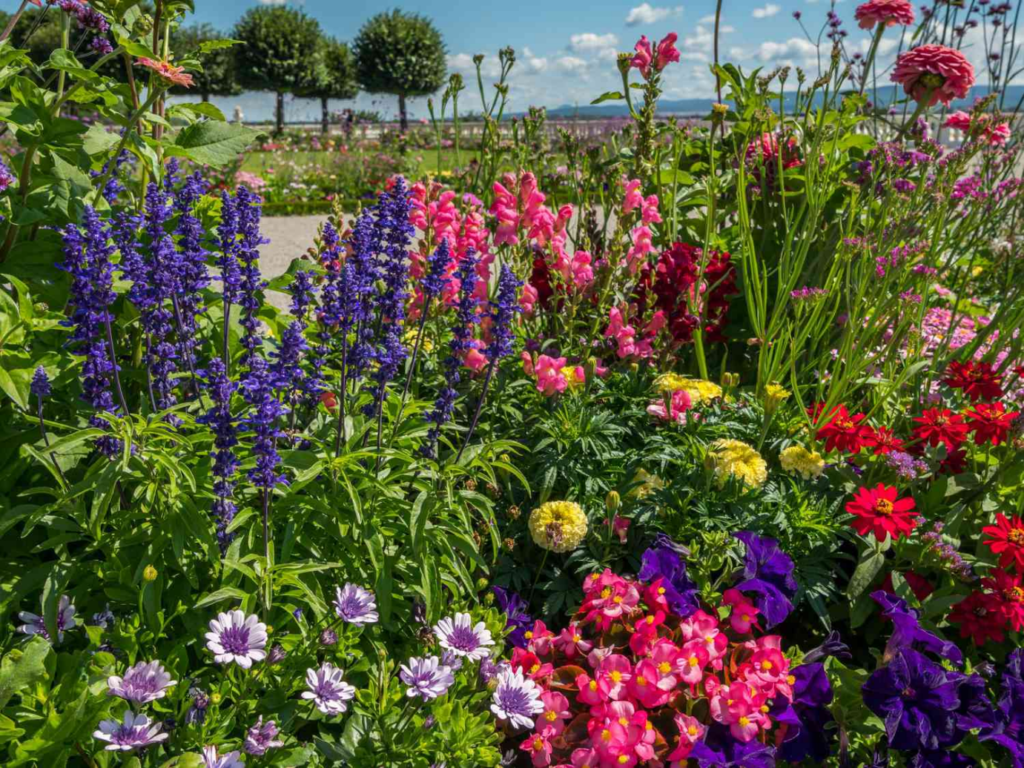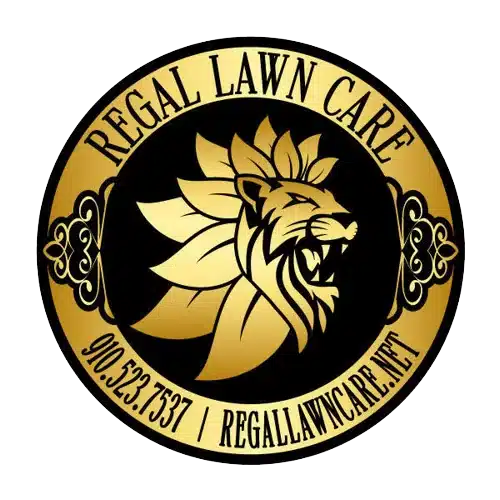Maintaining a beautiful garden does not have to be time-consuming or laborious. You can design flowerbeds and choose plants that will make your outdoor space look stunning without requiring you to water them daily, prune them, or invest in pest control. These low-maintenance flowerbed ideas are ideal for busy homeowners with tight schedules or those with little gardening experience who want a lush and vibrant backyard.
1. Opt For Native Plants For Easy Maintenance
Native plants are suitable to the region’s climate and soil, prompting their natural resilience and ease of maintenance. When designing your flower beds, select indigenous species like Echinacea, Rudbeckia hirta, and Asclepias tuberosa, among others. These species need less irrigation after they become established, plus their lower vulnerability to pests and diseases explains why chemicals would be required minimally.
2. Use Drought-Tolerant Options
Featuring drought-tolerant varieties is crucial when living in areas susceptible to droughts or with restrictions on water usage. An appealing garden requiring minimum amounts of water is important. Plants such as Lavandula spp., Sedum spp., and Achillea millefolium should be sought after since they have evolved to survive in dry habitats. Their deep root systems draw moisture from beneath the ground; hence, less watering is needed.
3. Perennials for Long-Lasting Beauty
Perennial plants return year after year, adding color and interest over time in your flower beds, unlike annuals, which require replanting each season and thus offer reduced maintenance once they settle down. Get a mixture of perennial flowers, shrubs, grasses, etc., so that you maintain an ever-changing landscape that requires little effort on your part.
4. Go For Self-Seeding Varieties
Plants can self-seed themselves yearly, making them a gardener’s delight since they do not need replanting. For your flower beds, consider self-seeding annuals and biennials like Cosmos spp., Centaurea cyanus, and Papaver spp., among others. You can keep enjoying blooming without much effort. Let the plants go to seed and watch them grow again next season.
5. Use Mulch to Retain Moisture and Suppress Weeds
Mulching flowerbeds aids in water retention and control of weeds, thereby reducing the frequency of watering and manual weed control. Select organic mulches such as shredded bark, straw, or compost should be placed at the top of the soil surface to protect it from harm. Mulch also helps maintain soil temperature (cool roots during hot weather conditions while insulating them from cold winters).
6. Install Drip Irrigation Systems for Efficient Watering
To minimize water loss through evaporation, drip irrigation systems provide water directly into the root zone of plants, thus resulting in efficient hydration. By installing drip irrigation in your flowerbeds, you will achieve two things – constant moisture supply to your plants and reduced runoff caused by excessive watering and evaporation. Using programmable timers with adjustable emitters allows one to set their irrigation plan based on their garden requirements.
7. Group Plants with Similar Water Needs
When planning, flower beds have similar water needs; this would help avoid overwatering or lack of enough water use by planting different types together, ensuring proper utilization, or spreading out the remaining ones too far apart; otherwise, these could threaten an orchard ecosystem balance once it has been established on-site considering factors such as sun exposure, soil type, and availability of watering is essential especially if any plant is no longer surviving at its original position but seems fine elsewhere so let’s say you transplant into another area where there is enough moisture as compared with before these are known as zones. Plants in the same category can streamline watering activities, not forgetting other maintenance tasks, thus saving time and money.
8. Incorporate Low-Maintenance Hardscape Elements
Incorporate hardscape elements such as walkways, elevated beds, and ornamental containers into your flowerbed designs to make them more visually appealing and reduce maintenance. For your hardscape features, choose lasting materials like stone, bricks, or composite lumber that require little care and can withstand environmental conditions for many years. Including hardscape in the garden plan helps define garden edges and provides structure to the overall landscape design.
9. Practice Sustainable Gardening Techniques
Sustainable gardening techniques reduce your garden’s impact on the environment while also promoting low-maintenance landscapes that are easy to care for.Implement organic fertilizers and natural pest control practices to foster healthy soil and cut down on chemical intervention. Compost kitchen scraps with yard waste to add fertility and moisture-holding capacity to soil. It is possible to have a resilient, self-sustaining garden thriving with little interference if you work alongside nature rather than against it.
10. Regular Maintenance and Monitoring
Even though low-maintenance flower gardens need less attention than traditional gardens, they still thrive with basic maintenance practices. Please spend a few minutes each week checking plants for pests, diseases, or nutrient deficiencies to respond promptly before they spread.
Contact Regal Lawn Care today!
Are you ready to convert your outdoor space into a low-maintenance oasis of beauty where peace prevails? Contact Regal Lawn Care today and book an appointment with our skilled landscape installers, who will turn your ideas into reality by creating a unique outdoor area that will increase the attractiveness around your home compound. Get in touch now to finally achieve all those garden dreams together!







